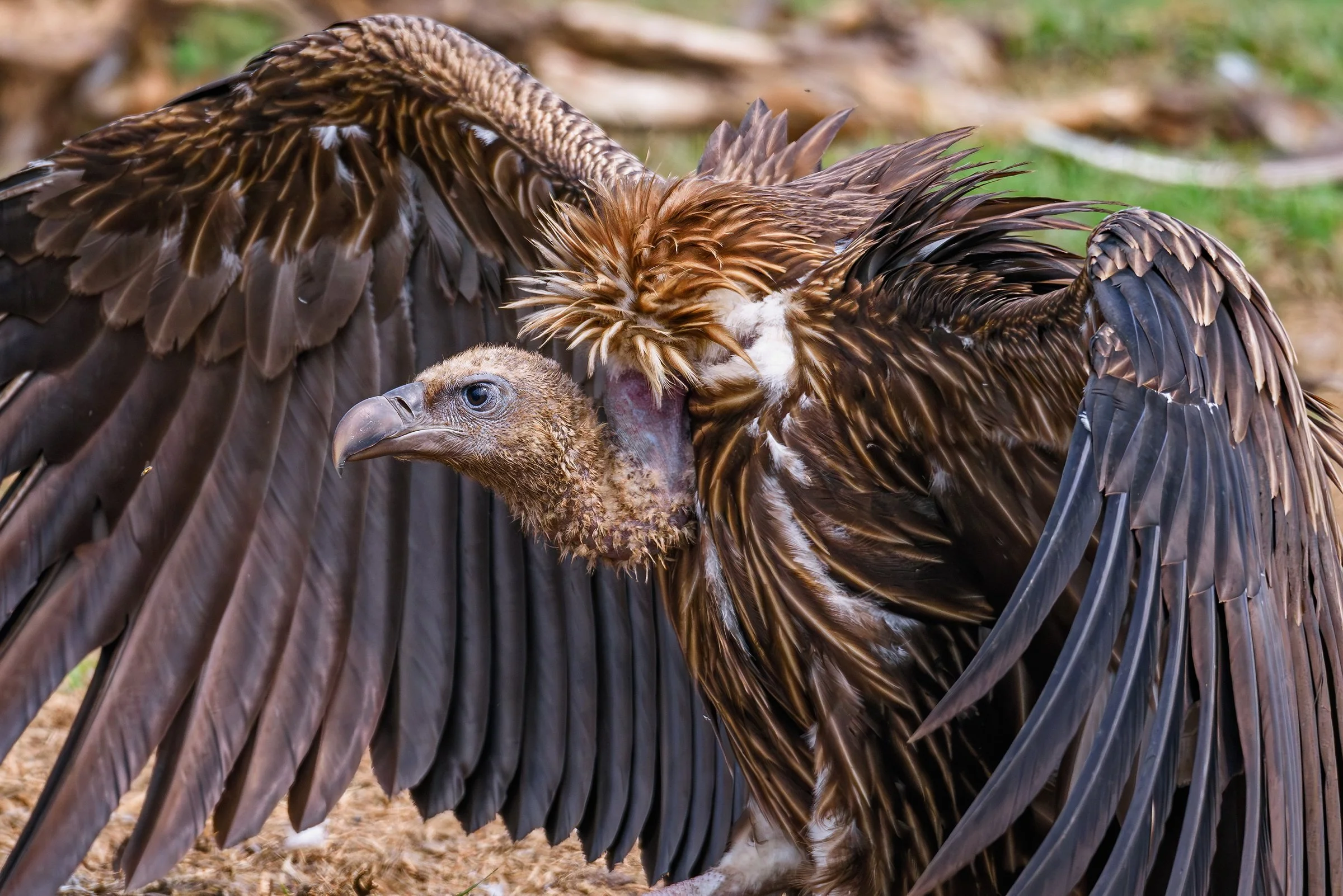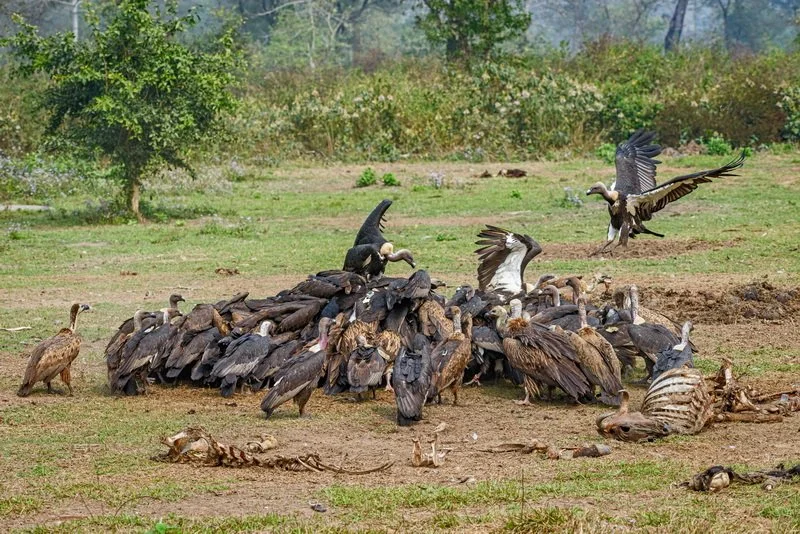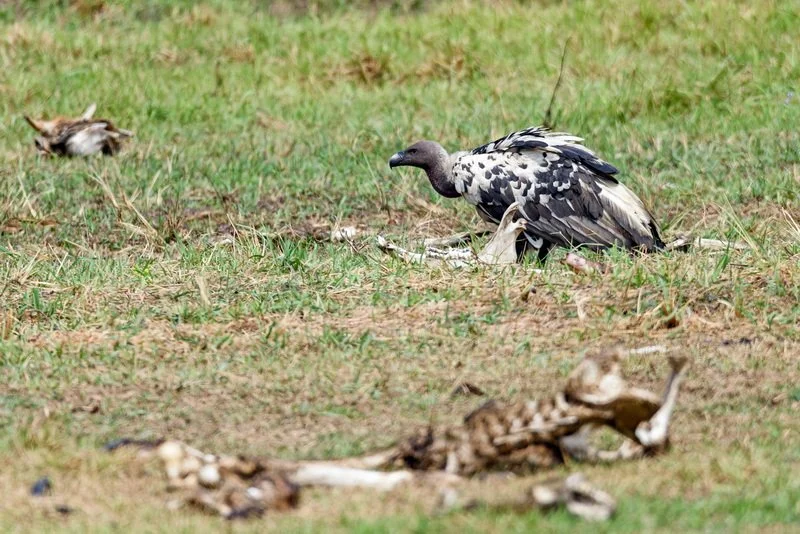
Jatayu Vulture Restaurant (Vulture Safe Feeding Site, Nepal)
A Community-Led Vulture Safe Feeding Site Transforming Conservation
In the buffer zone of Chitwan National Park, a unique conservation project quietly reshaped the future of Nepal’s vultures. Known as the Jatayu Vulture Restaurant, this community-managed feeding site in Pithauli, Nawalparasi, is the first of its kind in the world. Established in 2006, it was designed to provide safe food for vultures and restore balance to an ecosystem that had nearly lost its most efficient scavengers.
During the late 20th century, South Asia’s vulture populations suffered a catastrophic decline due to the use of the veterinary drug diclofenac, which proved deadly to the birds when they fed on treated livestock carcasses. In some areas, populations dropped by more than 95 percent. The Jatayu Vulture Restaurant was founded as a local response to this crisis — turning community awareness into direct conservation action.
The concept is simple but effective. Farmers bring aging or unproductive cattle to the center, where they are cared for until they die naturally. After veterinary checks confirm that the animals are free from harmful drugs, their carcasses are offered to vultures in an open, controlled feeding area. This ensures a safe, poison-free food supply for the birds while also supporting sustainable waste management and local livelihoods.









Om Prakash Yadav has photographed this story over several years, documenting both the ecological and human dimensions of the project. His images show large flocks of vultures — white-rumped, slender-billed, red-headed, and Himalayan griffon — circling above the feeding ground, landing in slow spirals as the morning mist lifts. Through his lens, the site becomes more than a feeding station; it is a living classroom, a research site, and a symbol of community-driven conservation.
The vulture restaurant covers about 50 hectares of community-managed forest. It not only serves as a feeding center but also as a platform for biodiversity education, ecotourism, and research. Visitors can observe the birds from elevated hides without disturbing them, learning about their critical role in maintaining ecological health. By consuming carcasses that would otherwise decay in open fields, vultures prevent the spread of disease and maintain environmental hygiene — services often unnoticed but vital to rural life.
At the heart of the Jatayu story are the local people who sustain it. Trained caretakers collect safe carcasses, monitor feeding activity, and maintain the facility. Their involvement has transformed perceptions of vultures — once seen as ominous scavengers, now recognized as protectors of health and balance. The project demonstrates how rural communities can lead successful conservation models when given ownership and understanding.
Through his photographic documentation, Om Prakash Yadav captures this harmony between people and nature. His work at Jatayu reveals a hopeful chapter in Nepal’s conservation movement — proof that empathy, awareness, and community action can bring even the most threatened species back from the edge.
Explore the complete Jatayu Vulture Restaurant story and learn how community-based conservation and visual storytelling are helping protect Nepal’s endangered vultures.
